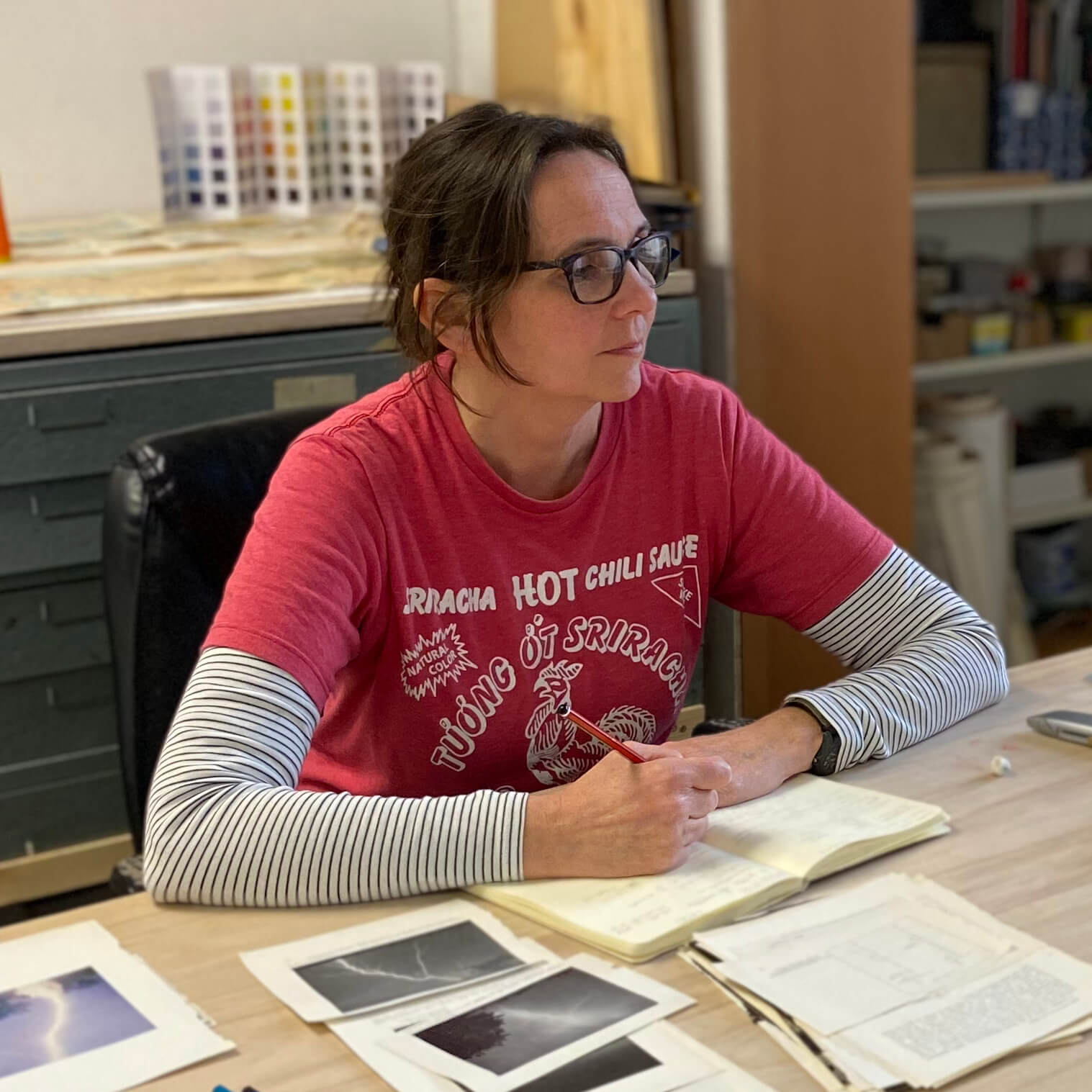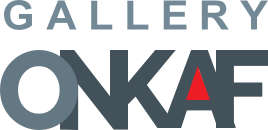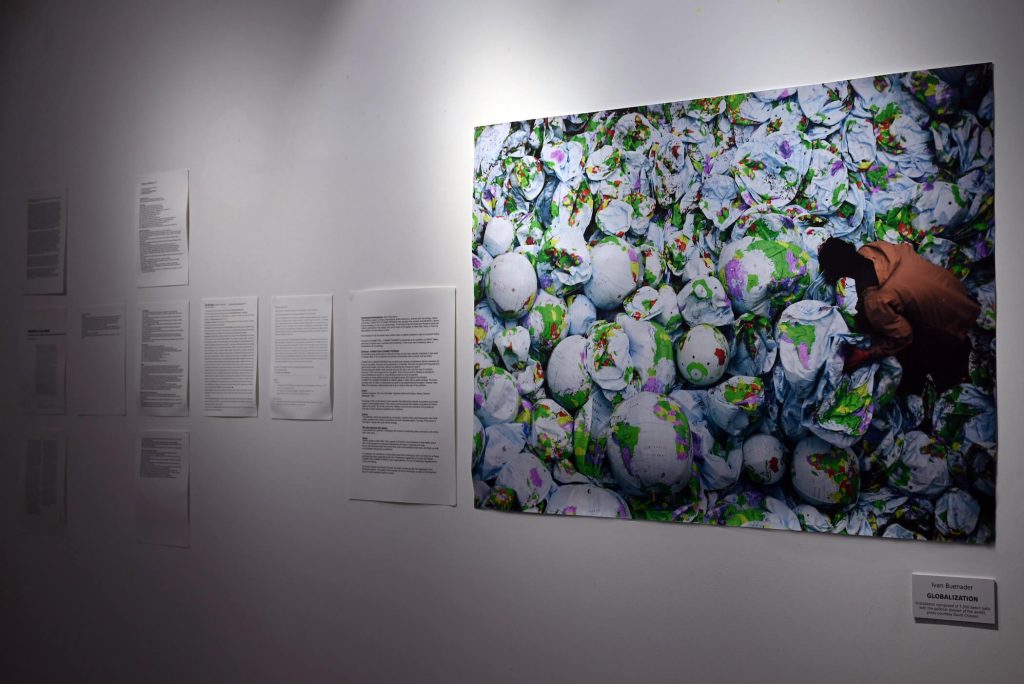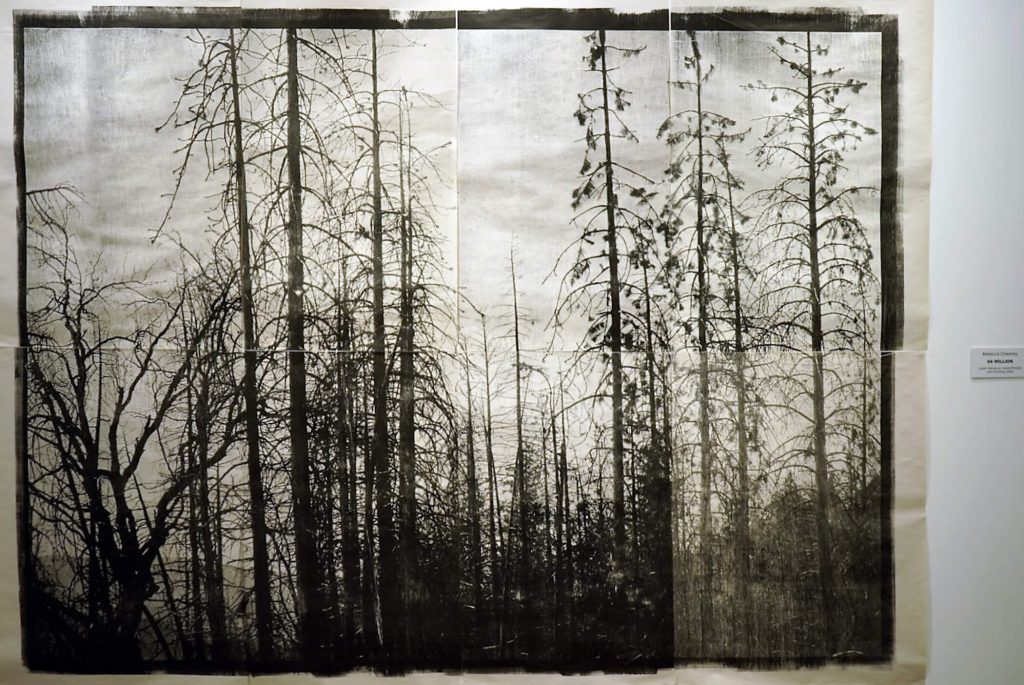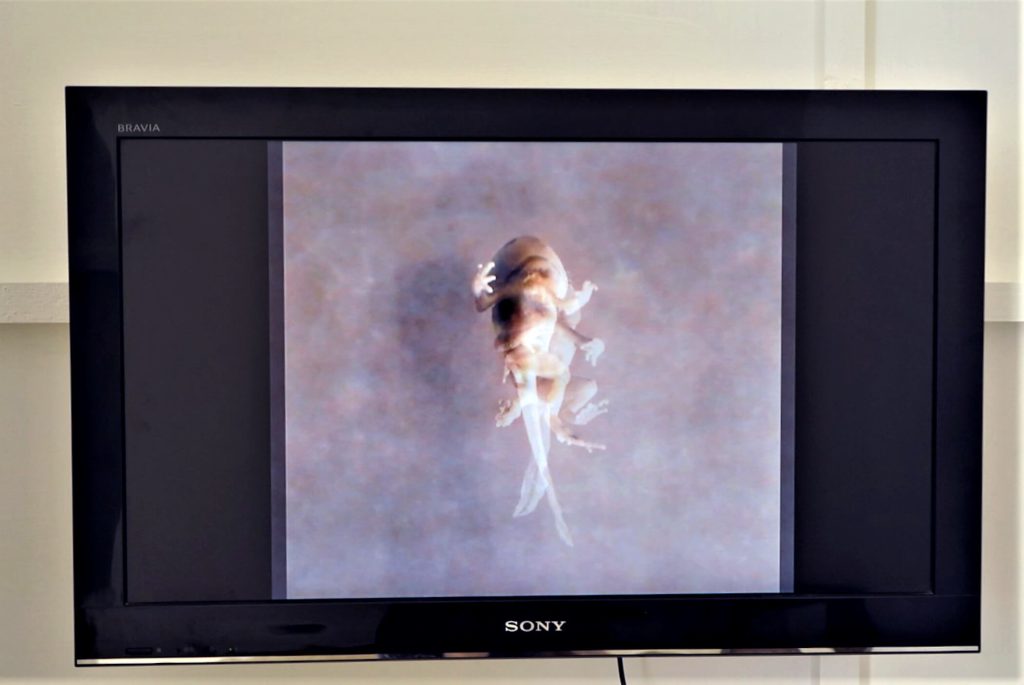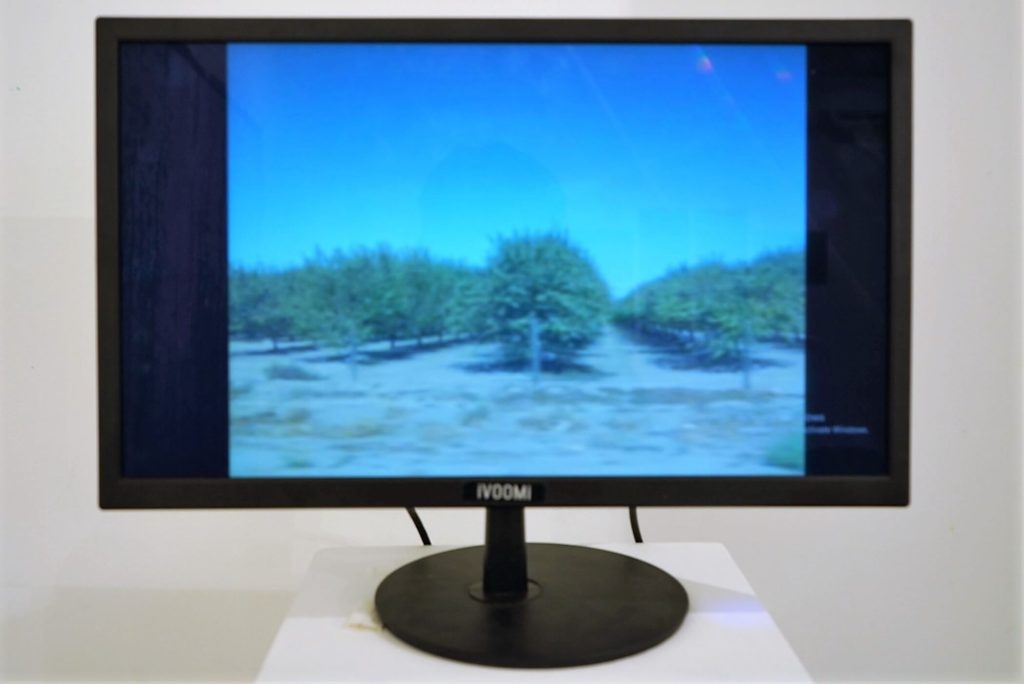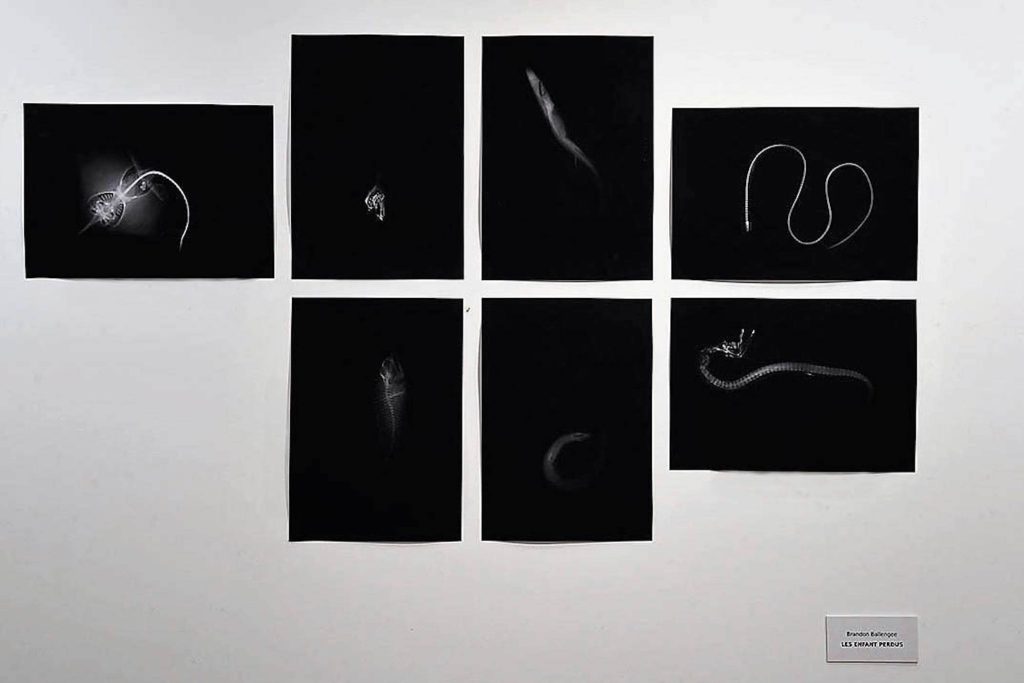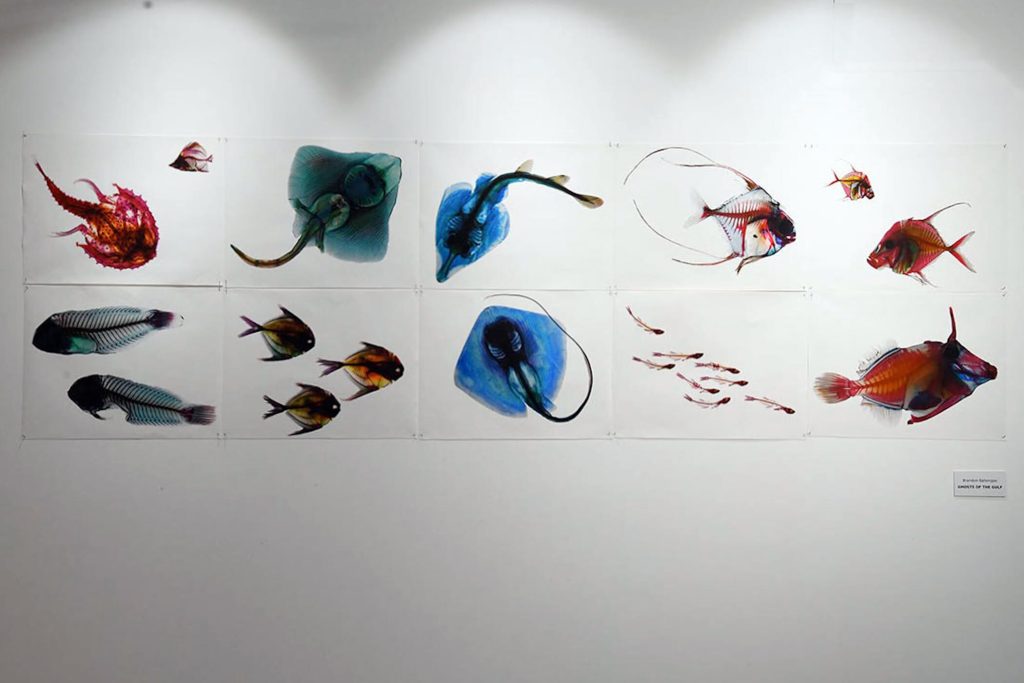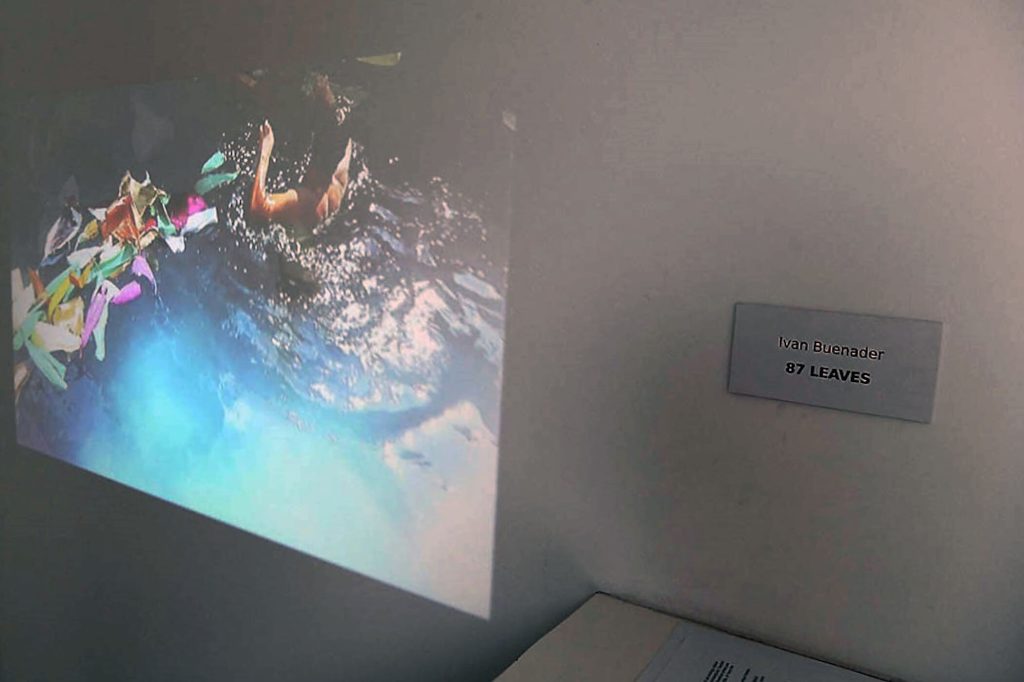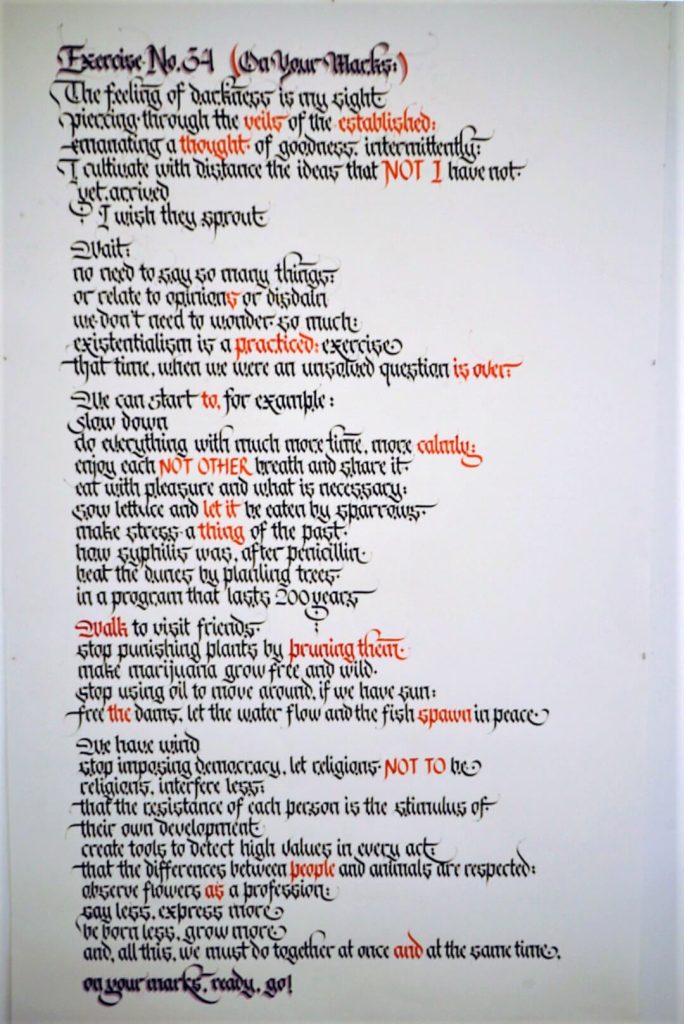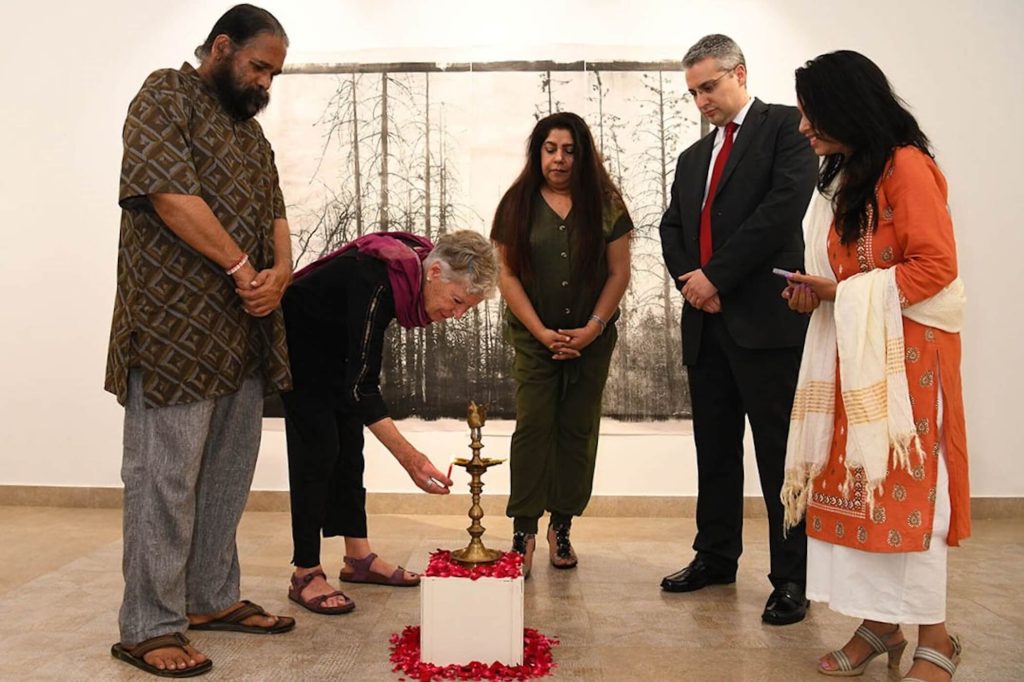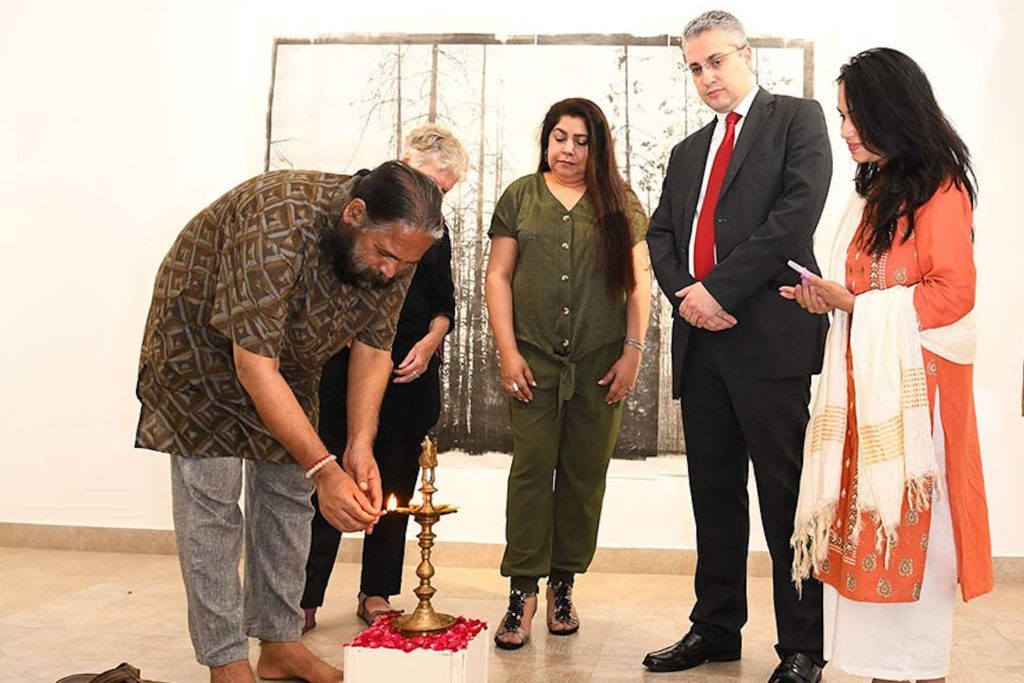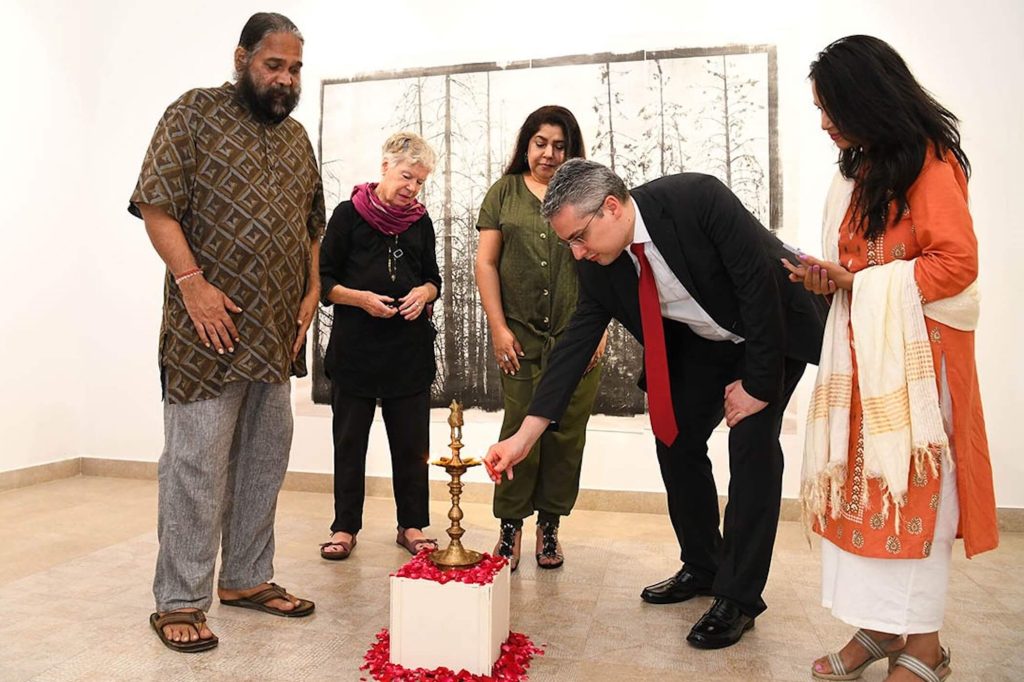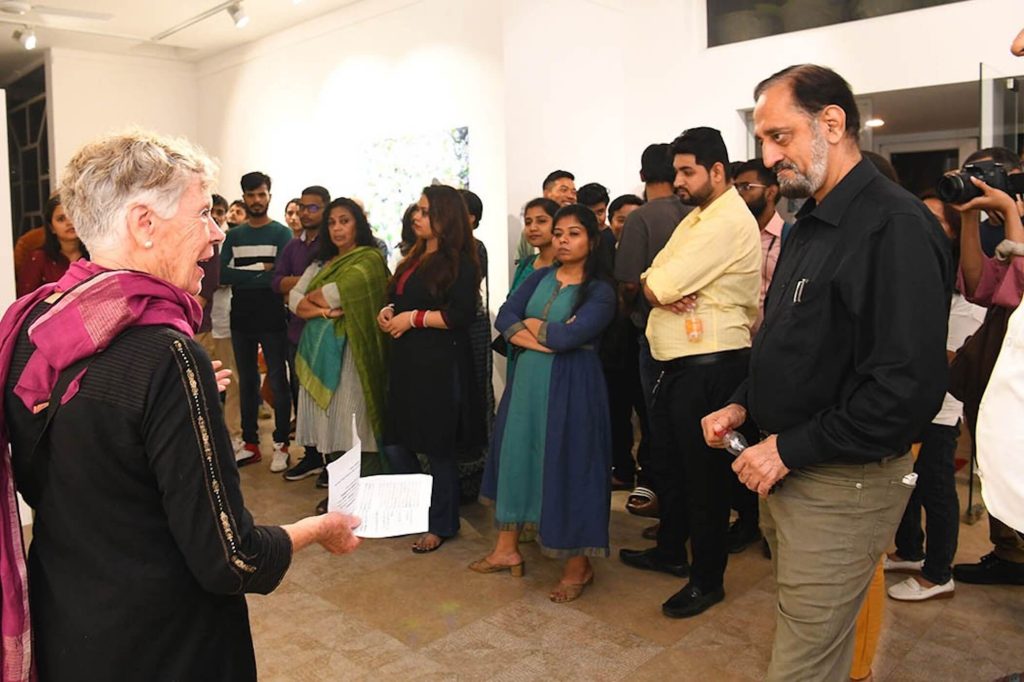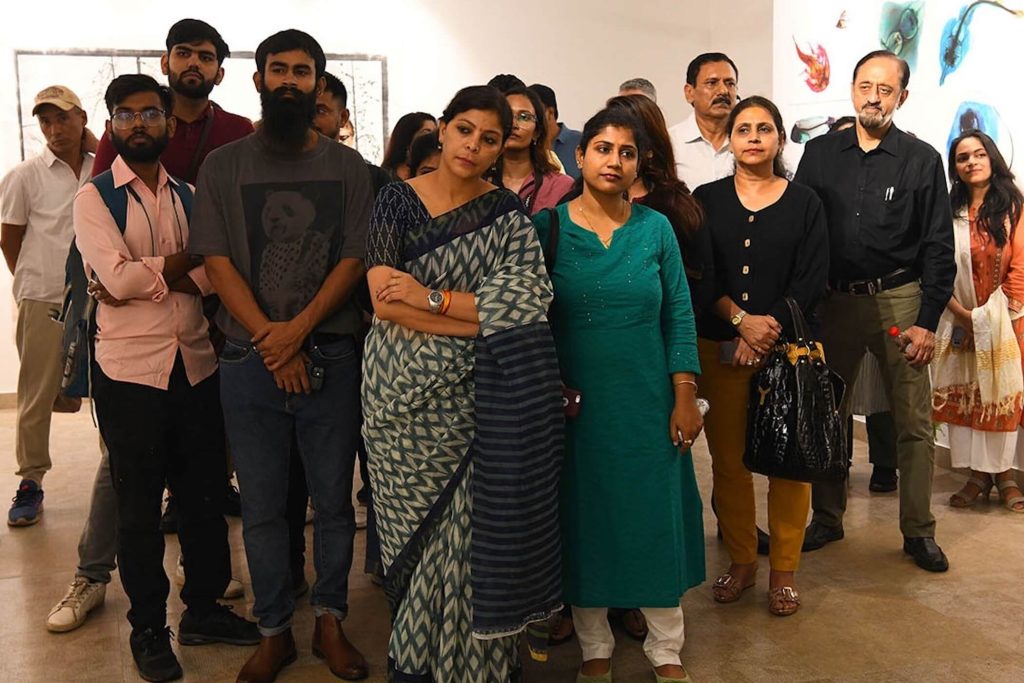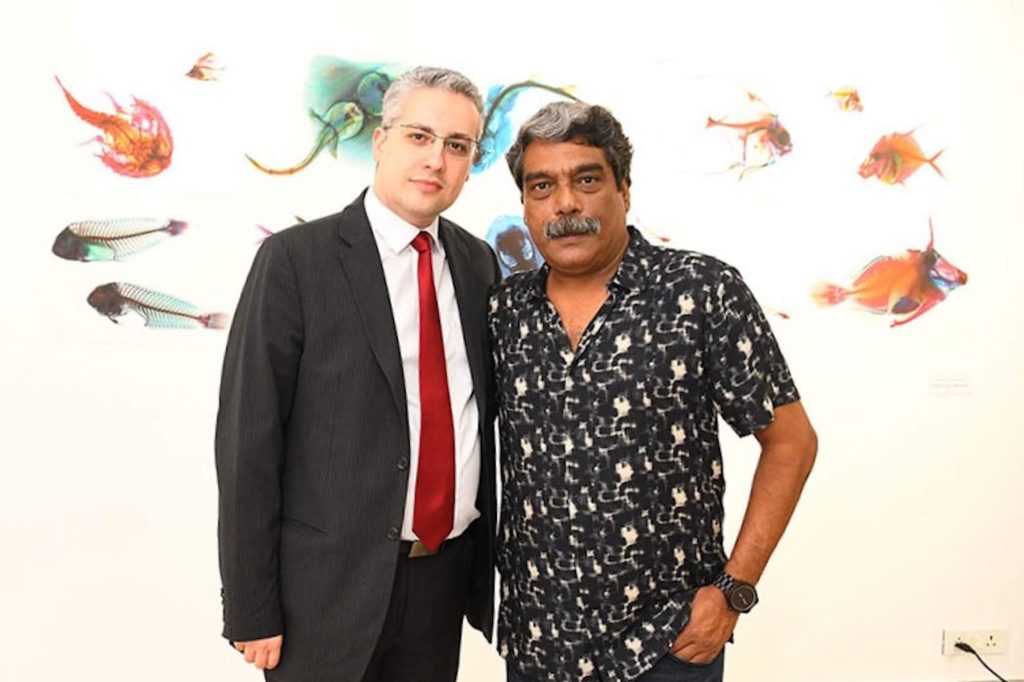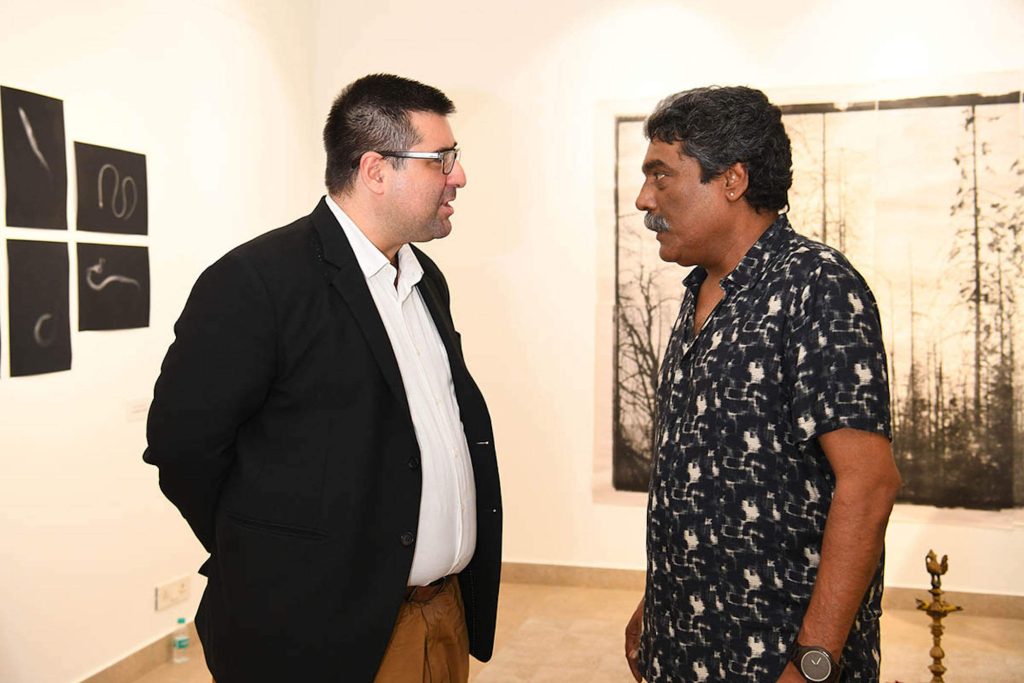Connected-Connectedness16-30 SEPTEMBER 2022
Curator Note
Anke Mellin
About the difficulties of making an exhibition that has ecological themes, and that without the presence of the artists, should address and touch visitors.
The exhibition CONNECTED=CONNECTEDNESS is a reflection on the question of how we should respond to climate change in the Anthropocene.So far, we have mostly evaluated an exhibition by its content and aesthetic performance, by the number of visitors and visitor satisfaction. Now there is further criterion to which we must respond.
We have neglected the environmental impact of creating an exhibition. Climate change caused by greenhouse gases is becoming an increasing problem worldwide, so we can no longer overlook the environmental impact of an exhibition. Faced with this reality, what perspectives and attitudes do we need to address this problem? What must be our criteria of judgment and how can we translate our concerns into discourse?
CONNECTED=CONNECTEDNESS is an attempt to produce an exhibition in conditions that take into account the problems of our time, E.g. less carbon emissions through less travel, selection of materials used that have less impact on the environment, presentations of works produced with few, reusable means, and adapting the light needed, the heat-cold of the spaces also to the climate idea, etc.
If the artists send their works as ideas in digital form, it is possible to realize them on the spot, E.g. print them out. One could also produce installations according to the artists’ instructions, run texts as sound files and videos in the monitor. All this is no problem today. A project can also be accompanied by a Zoom meeting.
Self-explanatory works are often rather direct, catchy, simple, or accessible without much background knowledge.
But- some of the presented exhibits from this subject area have at least 2 or more levels. To make these levels understandable for the viewer is the crux, because every viewer has his own knowledge contingent- developed through experience or through theoretical acquisition. Therefore, it is not the same for every viewer. Assuming this, it is appropriate to show textual explanations to accompany works; this makes it possible to create understanding.
Even then, even if not all levels are not accessible to everyone, they create experiences through confrontation with them. Often, when the works can be experienced physically, emotional experiences result, which are then usually remembered.
So one way would be to include emotionality in the design of the exhibition!?
Perhaps one criterion of an exhibition that deals with the problems of our time, is that, by touching the senses, a reaction is triggered in the viewer?
Maybe sensual experience is an important channel to get access to works that deal critically with the problems.
But where are the works that require intellectual engagement? Which have a 2nd or even more level? And which are only accessible if background knowledge is imparted. Should one hold this out, can one build bridges? How does one deal with it?
Discussions about this should be held, topics and suggestions could be made available and published on the website.
Brandon Ballengee
In 2016, I became part of an interdisciplinary Louisiana State University research team which published that 14 fish species, endemic to the Gulf of Mexico, have not been reported following the DWH spill.
Even prior to the spill, several Gulf fishes remained elusive and had not been found in decades (1950 through 2005). Little is known about these species and the only records we have of their existence is a handful of preserved specimens scattered among natural history collections. As an artist, I am inspired to portray and to tirelessly search for these Ghosts.
In response, I create portraits of these missing species, which I refer to as “Ghosts of the Gulf”, as a way to give form to each of the lost species. The Ghosts are drawn from historic specimens in the Tulane University Biodiversity Research Institute’s (TUBRI) Suttkus Fish Collection and others I photographed and radiographed as a 2017 Artist-in-Residence at the Smithsonian National Museum of Natural History.
Some portraits are printed radiographs while others are drawn using solidified DWH ‘tar balls’ collected from Gulf beaches or from ‘fresh’ crude oil from the Taylor spill. These Ghosts intend to convey mystery as well as melancholy, as a means to engage audiences towards introspective contemplation, asking what is lost from our collective treatment of the Gulf. I am also interested in what creating portraits of missing animals mean at a point in history where we find ourselves in a mass extinction event, when species are disappearing so fast that we cannot even scientifically record them.
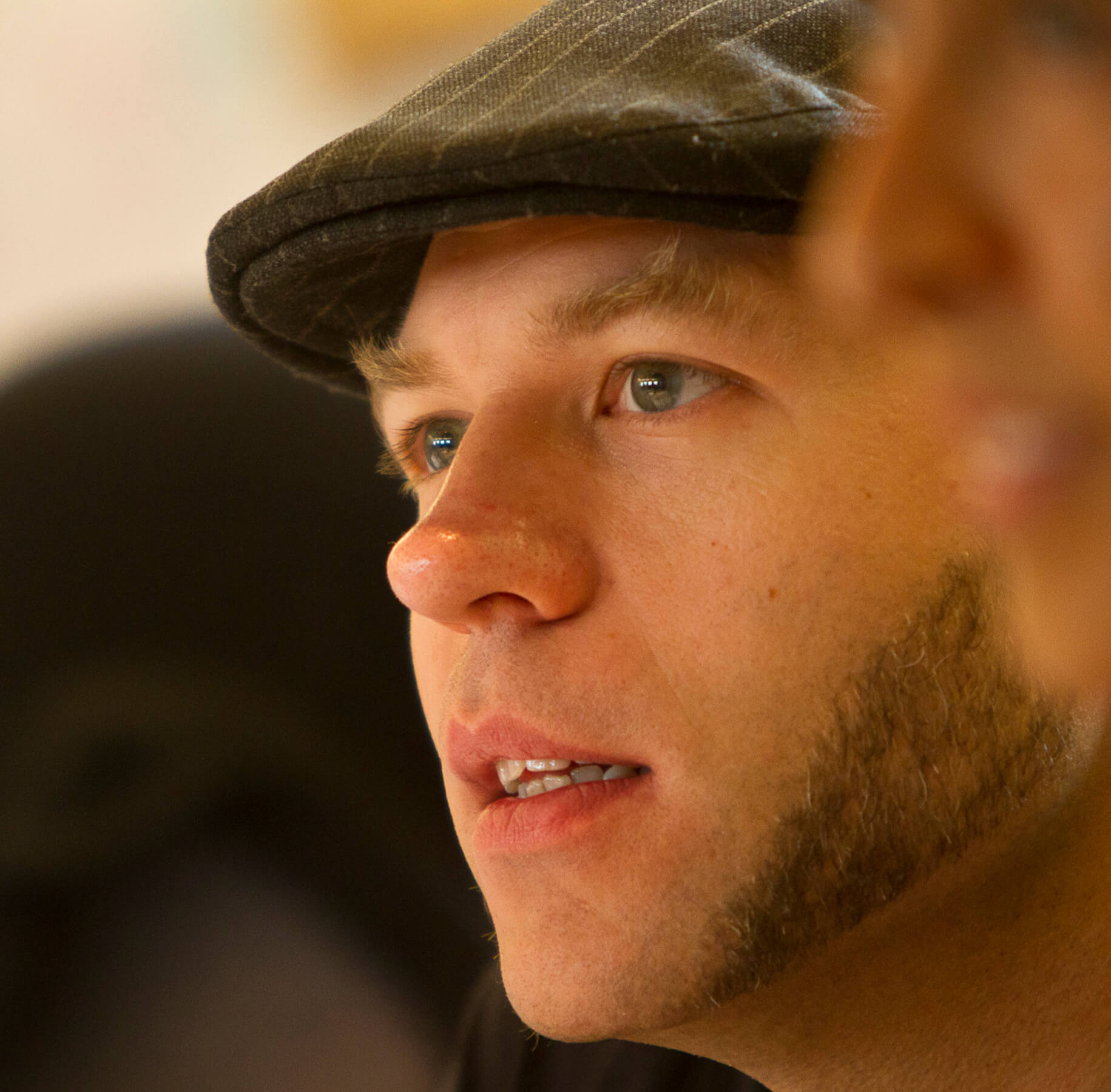
Ivan Buenader
The work presented is the video staging and storytelling of an action developed in Puerto Vallarta, Mexico.
The video portrays 87 areca palm-tree leaves fallen from the trees of Casa Cerrito between March 19 and May 2, 2022, which I painted with acrylic colours. The story tells about the process of painting and how Nature collaborates while she influences the creative process, at the same time thinking and painting are happening.
The work is called “87 leaves from the same garden”.
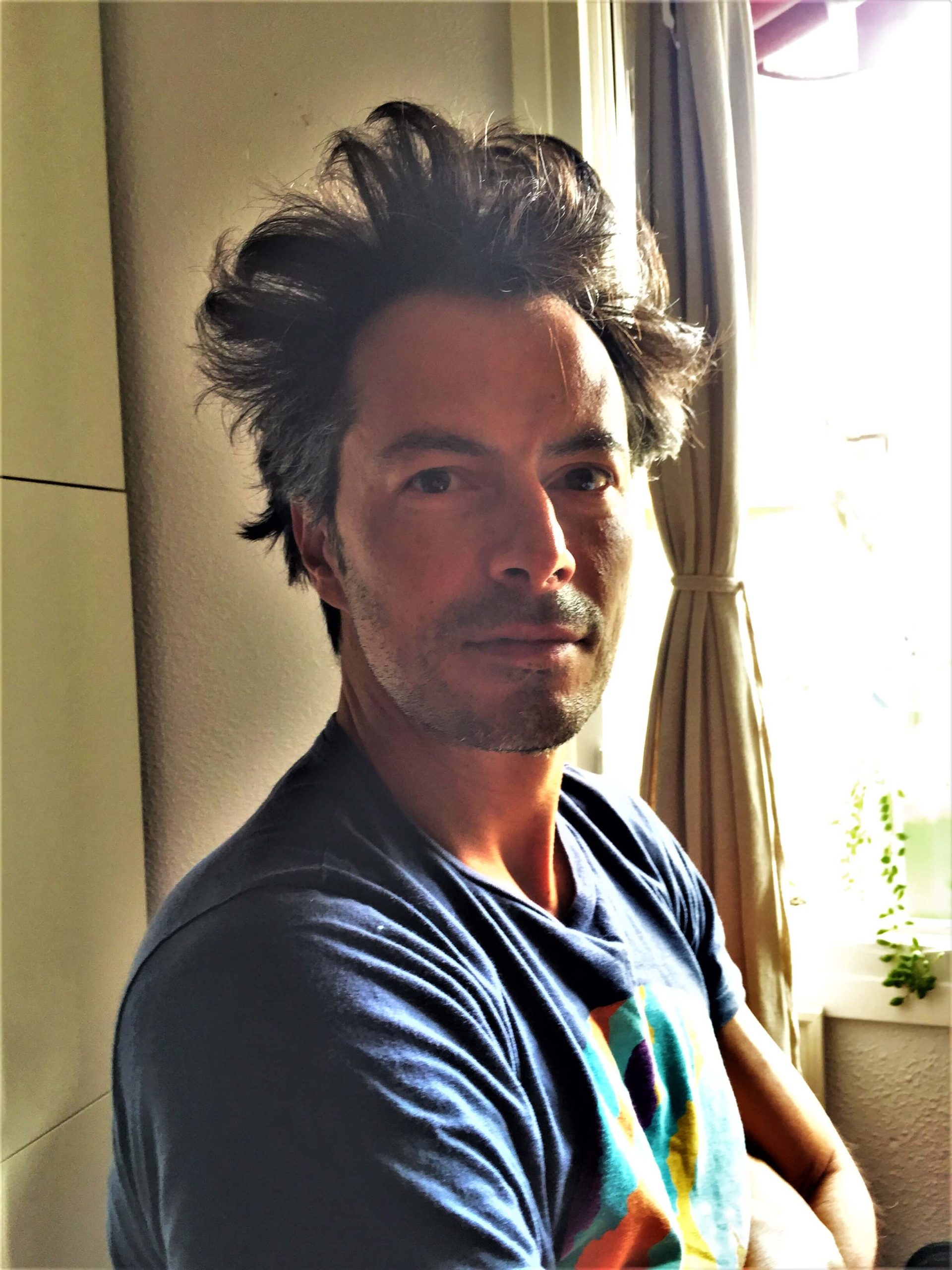
Maximo Gonzales
This piece is developed during the lockdown. Every day I practice meditation and then I write poems and record the text in sound and then I share these poems with my friends and family. In this way, I tried to convey some peace, calm or create some awareness about what we were experiencing worldwide to placate the sadness and sorrow that people had.
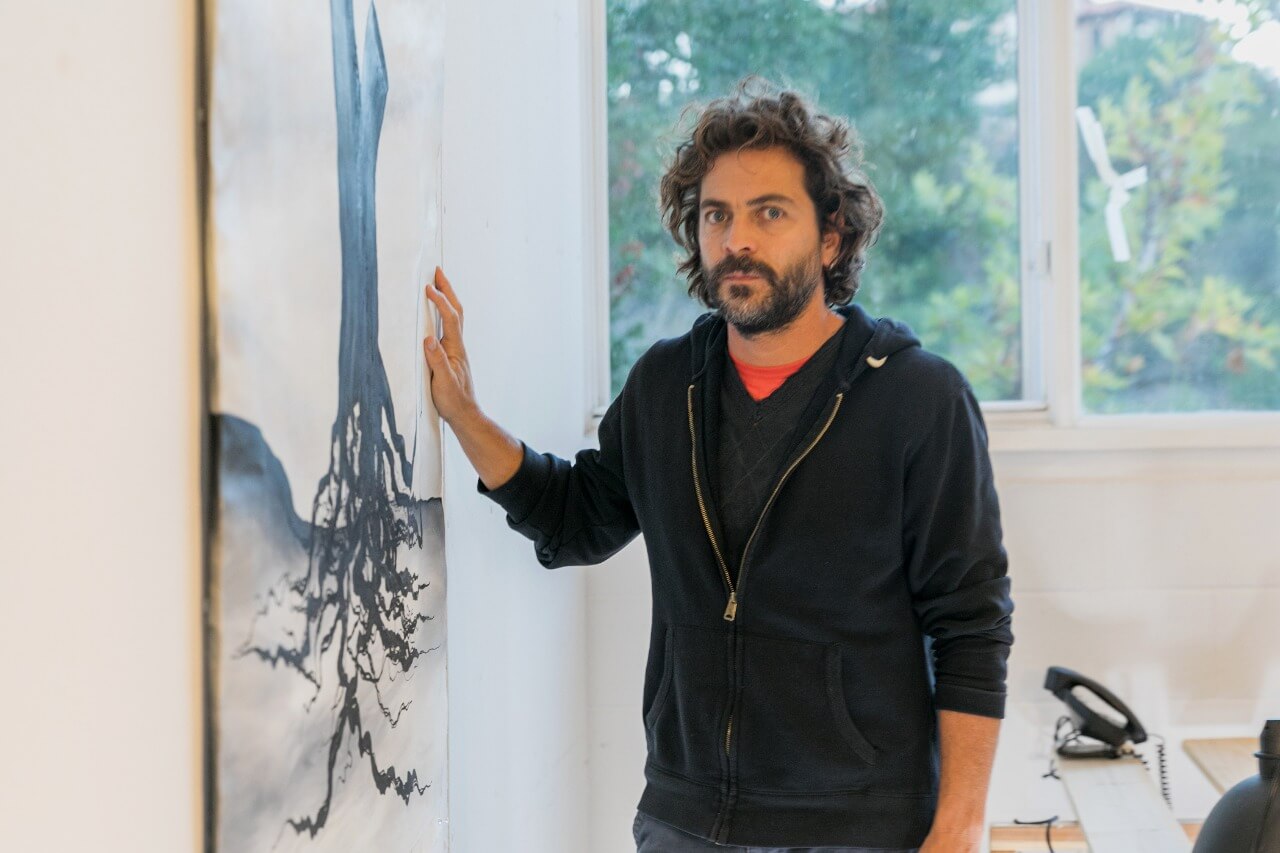
Rebecca Chesney
66 Million is an installation showing two very different Californian landscapes: one in the intensely farmed agricultural land of Central Valley, demanding huge quantities of water to irrigate the land and feed the crops; the second of a hillside forest in Yosemite National Park showing the extent of dead trees caused by years of drought, bark beetle attack and increase in wild fires.
Travelling past mile upon mile of intensely farmed agricultural land the video is in direct contrast to the laser woodcut print that shows a hillside with swathes of dead and dying trees. The video is 5.23 minutes long and was recorded in 2016. The laser woodcut is hand printed with etching ink on newsprint paper and pieced together is 240 cm x 182cm. I made the print this summer (2022) especially for the exhibition at Gallery ONKAF.
